Let’s Get RATICAL 🐀🛹 Prints + Stickers Available On My Patreon This Month! ✨





Let’s get RATICAL 🐀🛹 Prints + stickers available on my patreon this month! ✨
More Posts from Neptuneblueeee and Others

Signs of a heart attack are different for each gender yet we only really teach the male warning signs. Make sure you’re aware of both and spread it to as many other women as possible!

Doctors made a 3D print of an ultrasound for an expecting mother who is blind

ねる…今夜はしずか…
I'm going to sleep... Tonight is so quiet...

Blueberry sharks 🫐🦈

everyone shut the fuck up and look at this snake named barcode
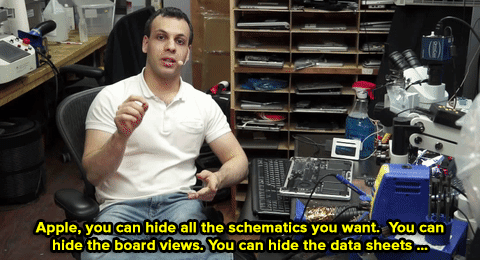
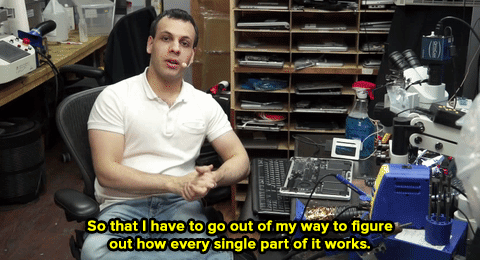
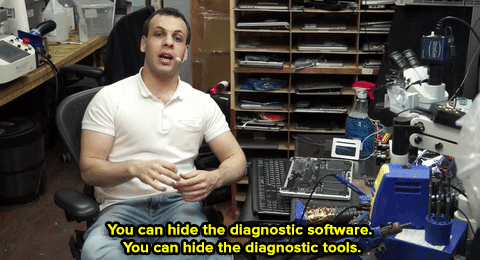

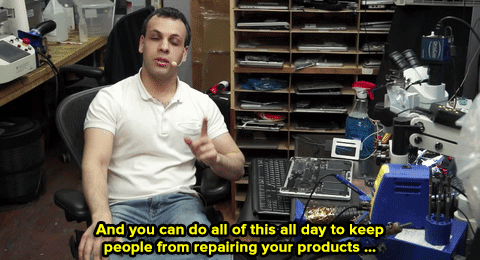
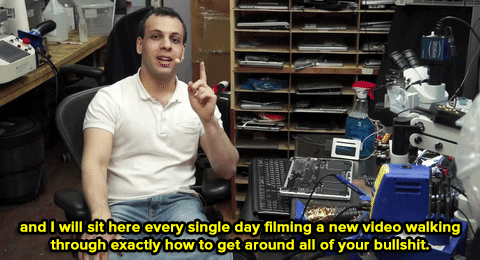
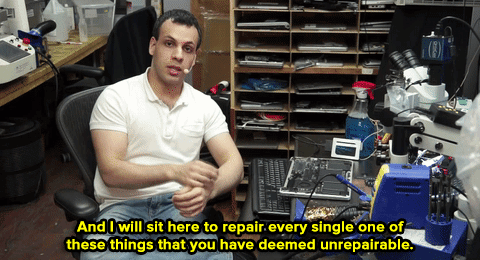
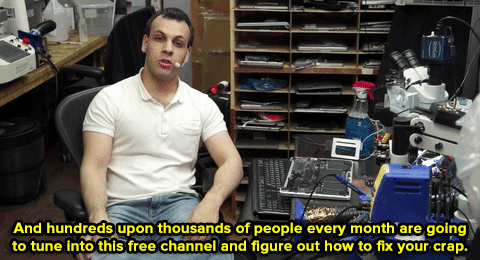
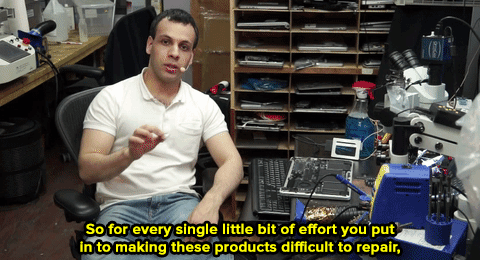
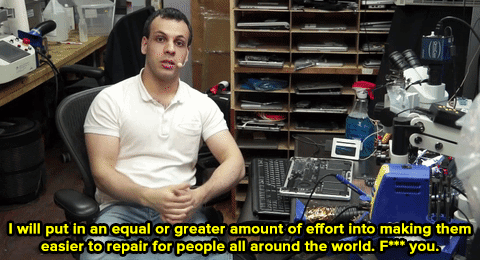
That’s Louis Rossman, a repair technician and YouTuber, who went viral recently for railing against Apple. Apple purposely charges a lot for repairs and you either have to pay up or buy a new device. That’s because Apple withholds necessary tools and information from outside repair shops. And to think, we were just so close to change.
Follow @the-future-now

今日の白黒兄弟。キャットニップの見張りかもしれない(嘘)
Today's white and black brothers. They are probably guarding their catnip in my garden...(sorry, it's just kidding...)



( via )

Hubble captures rare triple moon transit of Jupiter
These new NASA/ESA Hubble Space Telescope images capture a rare occurrence as three of Jupiter’s largest moons parade across the giant gas planet’s banded face. Hubble took a string of images of the event which show the three satellites — Europa, Callisto and Io — in action. There are four Galilean satellites — named after the 17th century scientist Galileo Galilei who discovered them. They complete orbits around Jupiter ranging from two to seventeen days in duration. The moons can commonly be seen transiting the face of Jupiter and casting shadows onto its layers of cloud. However, seeing three of them transiting the face of Jupiter at the same time is rare, occurring only once or twice a decade. The image on the left shows the Hubble observation at the beginning of the event. On the left is the moon Callisto and on the right, Io. The shadows from Callisto, Io and Europa are strung out from left to right. Europa itself cannot be seen in the image. The image on the right shows the end of the event, just over 40 minutes later. Europa has entered the frame at lower left with slower-moving Callisto above and to the right of it. Meanwhile Io — which orbits significantly closer to Jupiter and so moves much more quickly — is approaching the eastern limb of the planet. Whilst Callisto’s shadow seems hardly to have moved, Io’s has set over the planet’s eastern edge and Europa’s has risen further in the west. The event is also shown from start to finish in a video. Missing from this sequence is the Galilean moon Ganymede which was outside Hubble’s field of view. The moons of Jupiter have very distinctive colours. The smooth icy surface of Europa is yellow-white, the volcanic sulphur surface of Io is orange and the surface of Callisto, which is one of the oldest and most cratered surfaces known in the Solar System, is a brownish colour.
Image credit: NASA, ESA, Hubble Heritage Team
-
 toyotacam liked this · 1 month ago
toyotacam liked this · 1 month ago -
 098765zzzzzz reblogged this · 1 month ago
098765zzzzzz reblogged this · 1 month ago -
 098765zzzzzz liked this · 1 month ago
098765zzzzzz liked this · 1 month ago -
 blue-reimu liked this · 1 month ago
blue-reimu liked this · 1 month ago -
 captain-awesome03 liked this · 1 month ago
captain-awesome03 liked this · 1 month ago -
 hazy-hazel-143 liked this · 1 month ago
hazy-hazel-143 liked this · 1 month ago -
 critterthatlivesinthemug liked this · 1 month ago
critterthatlivesinthemug liked this · 1 month ago -
 giantratbf liked this · 1 month ago
giantratbf liked this · 1 month ago -
 doctorwho69 liked this · 1 month ago
doctorwho69 liked this · 1 month ago -
 kinocomix liked this · 1 month ago
kinocomix liked this · 1 month ago -
 justaratguy liked this · 1 month ago
justaratguy liked this · 1 month ago -
 caffeinegremblin liked this · 1 month ago
caffeinegremblin liked this · 1 month ago -
 puresagee reblogged this · 1 month ago
puresagee reblogged this · 1 month ago -
 puresagee liked this · 1 month ago
puresagee liked this · 1 month ago -
 krashhy liked this · 1 month ago
krashhy liked this · 1 month ago -
 bananannanass reblogged this · 1 month ago
bananannanass reblogged this · 1 month ago -
 bananannanass liked this · 1 month ago
bananannanass liked this · 1 month ago -
 randy-does-art liked this · 1 month ago
randy-does-art liked this · 1 month ago -
 technicallymeyk liked this · 1 month ago
technicallymeyk liked this · 1 month ago -
 lummyyyyy liked this · 1 month ago
lummyyyyy liked this · 1 month ago -
 noisomedrip liked this · 1 month ago
noisomedrip liked this · 1 month ago -
 boobeanart liked this · 1 month ago
boobeanart liked this · 1 month ago -
 hexqueensupreme reblogged this · 1 month ago
hexqueensupreme reblogged this · 1 month ago -
 hexqueensupreme liked this · 1 month ago
hexqueensupreme liked this · 1 month ago -
 genericpuff liked this · 1 month ago
genericpuff liked this · 1 month ago -
 piperjistic liked this · 1 month ago
piperjistic liked this · 1 month ago -
 justmenoworries reblogged this · 1 month ago
justmenoworries reblogged this · 1 month ago -
 joiesmineurs liked this · 1 month ago
joiesmineurs liked this · 1 month ago -
 lizzie-pod reblogged this · 1 month ago
lizzie-pod reblogged this · 1 month ago -
 miblue reblogged this · 1 month ago
miblue reblogged this · 1 month ago -
 exulnek reblogged this · 1 month ago
exulnek reblogged this · 1 month ago -
 butt3rbug liked this · 1 month ago
butt3rbug liked this · 1 month ago -
 sad-clown-entity reblogged this · 1 month ago
sad-clown-entity reblogged this · 1 month ago -
 sad-clown-entity liked this · 1 month ago
sad-clown-entity liked this · 1 month ago -
 theangelstolemygrace liked this · 1 month ago
theangelstolemygrace liked this · 1 month ago -
 critdeeznuts liked this · 1 month ago
critdeeznuts liked this · 1 month ago -
 lyrakae reblogged this · 1 month ago
lyrakae reblogged this · 1 month ago -
 crescentcresco reblogged this · 1 month ago
crescentcresco reblogged this · 1 month ago -
 a-very-fashionable-snom liked this · 1 month ago
a-very-fashionable-snom liked this · 1 month ago -
 redrosydiaz liked this · 1 month ago
redrosydiaz liked this · 1 month ago -
 ohsooohso liked this · 1 month ago
ohsooohso liked this · 1 month ago -
 canonicallyanxious reblogged this · 1 month ago
canonicallyanxious reblogged this · 1 month ago -
 battaffyart liked this · 2 months ago
battaffyart liked this · 2 months ago -
 xxxx-holic liked this · 2 months ago
xxxx-holic liked this · 2 months ago -
 spectral-petrichor liked this · 2 months ago
spectral-petrichor liked this · 2 months ago -
 gamingremlin liked this · 2 months ago
gamingremlin liked this · 2 months ago -
 kas-the-forty-third reblogged this · 2 months ago
kas-the-forty-third reblogged this · 2 months ago -
 floydtheflorist liked this · 2 months ago
floydtheflorist liked this · 2 months ago

